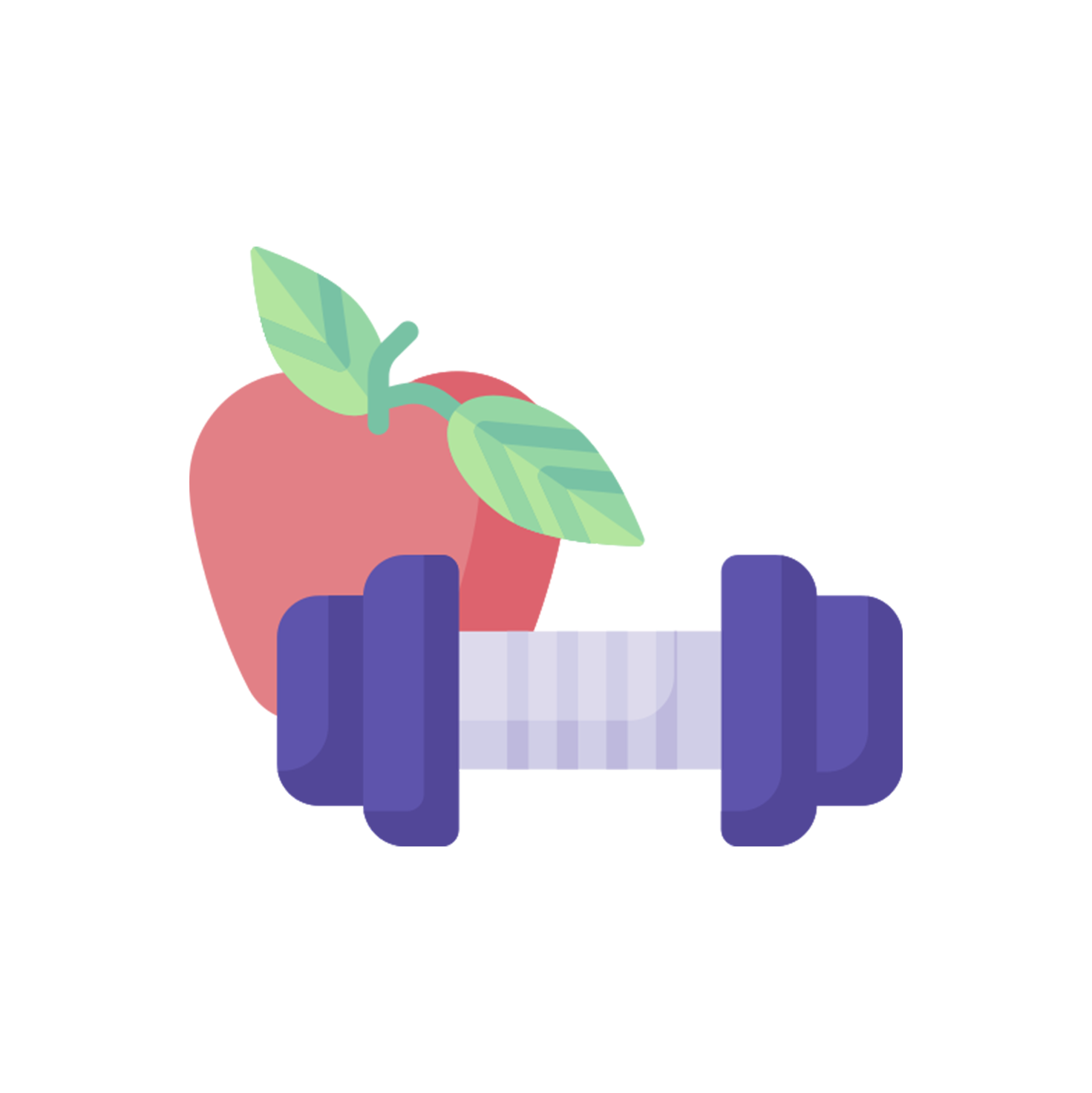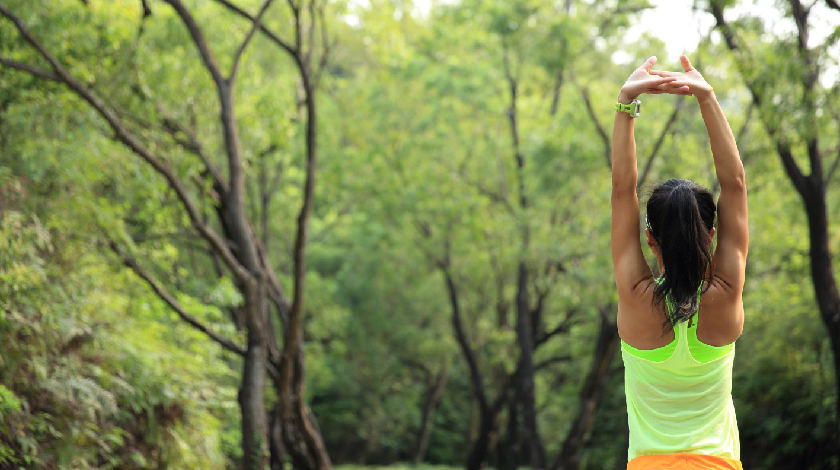Most of us leading a hectic lifestyle in Hong Kong have enough difficulty setting aside time every day for exercise, let alone adding another 15-20 minutes of warmup and cool down stretches. However, if you aren’t stretching, you’re putting yourself at the risk of injury and hampering your recovery time.
What is good about stretching?
- Improving flexibility.1 Whether you’re having trouble striking a difficult yoga pose, executing a barbell squat or improving your sprinting speed, stretching can help by improving the range of movements in your muscles and joints.
- Improving physical performance.2 Stretching gets the oxygen-rich blood flowing to your muscles, which is particularly important for anaerobic exercises such as strength and weight training.
- Reducing muscle cramping and soreness. At the end of a grueling workout, lactic acid can build up in your muscles and cause delayed onset muscle soreness over the next few days. Stretching stimulates blood flow in the muscles, enabling your body to eject metabolites such as lactic acid.3
Proper Stretching
Before we get into some great techniques, here are some general guidelines.
- You should aim to execute these exercises at least two to three days per week.2
- For best results, you should stretch for 5-10 minutes before and after every exercise session. Also, remember to hold each stretch for 10 to 30 seconds and repeat each stretch at least 3 times.4
- Remember that an effective stretch is rarely comfortable. You should be feeling a slight pulling sensation in the muscle being stretched. However, if you feel pain or a loss of stability in any joints, then you may be over-straining your body, and should cease stretching immediately. Being able to tell the difference between “good pain” and “bad pain” is essential for injury-free stretching!
Let’s stretch!
- Hamstring stretch
Sit on the ground with your left leg extended in front of you. Bend your right leg until the ball of your right foot touches your left inner thigh. Keeping your back straight and bending at the hips, lean towards your left until you feel a slight pull in your left hamstring, along with the back of your thigh. Repeat with your right leg.
- Upper back stretch
Clasp your hands in front with your arms extended forward at around shoulder height. Tucking in your chest, push your hands forward until you can feel a stretch in your neck and upper back.
- Hip and glutes stretch
Lie on your back with your knees bent. Rest your left ankle against your right thigh, clasp your hands around your right thigh and draw it gently towards your body, keeping your buttocks on the ground. You should feel a stretch across your left hip and buttocks.
- Neck
Looking forward, slowly lower your head diagonally towards the left, until you feel a stretch on the right side of your neck. Repeat, but lower your head towards the right this time.
Stretching is worth the time and effort — it’ll ensure that you can go the distance in your physical fitness journey!
Resources
- Weerapong P, Hume P, Kolt G. Stretching: mechanisms and benefits for sport performance and injury Prevention Physical Therapy Reviews 2004;9(4): 189-206.
- Herbert RD, Gabriel M. Effects of stretching before and after exercising on muscle soreness and risk of injury: systematic review. BMJ 2002; 325(7362):468.
- http://www.mydr.com.au/sports-fitness/warming-up-and-cooling-down-for-exercise, visited July 2017.
- ACSM guidelines for exercise testing and prescription. American College of Sports Medicine. 7th ed. Philadelphia Lea & Febiger/Lippincott Williams & Wilkins:,May 2005.
© Cigna Healthcare 2023
Information provided in this article is intended for health and fitness purposes only and is not intended for use in the diagnosis of disease or other conditions, or in the cure, mitigation, treatment or prevention of disease (see Terms & Conditions for details). Any health-related information found in this article is available only for your interest and should not be treated as medical advice. Users should seek any medical advice from a physician, especially before self-diagnosing any ailment or embarking on any new lifestyle or exercise regime. Any information contained in this article may not be suitable, accurate, complete or reliable. Cigna Healthcare accepts no responsibility for the content or accuracy of information contained on external websites or resources, or for the security and safety of using them. "Cigna Healthcare" and the "Tree of Life" logo are registered trademarks of Cigna Intellectual Property, Inc. in the United States and elsewhere, licensed for use. All products and services are provided by or through operating subsidiaries, and not by The Cigna Group.





